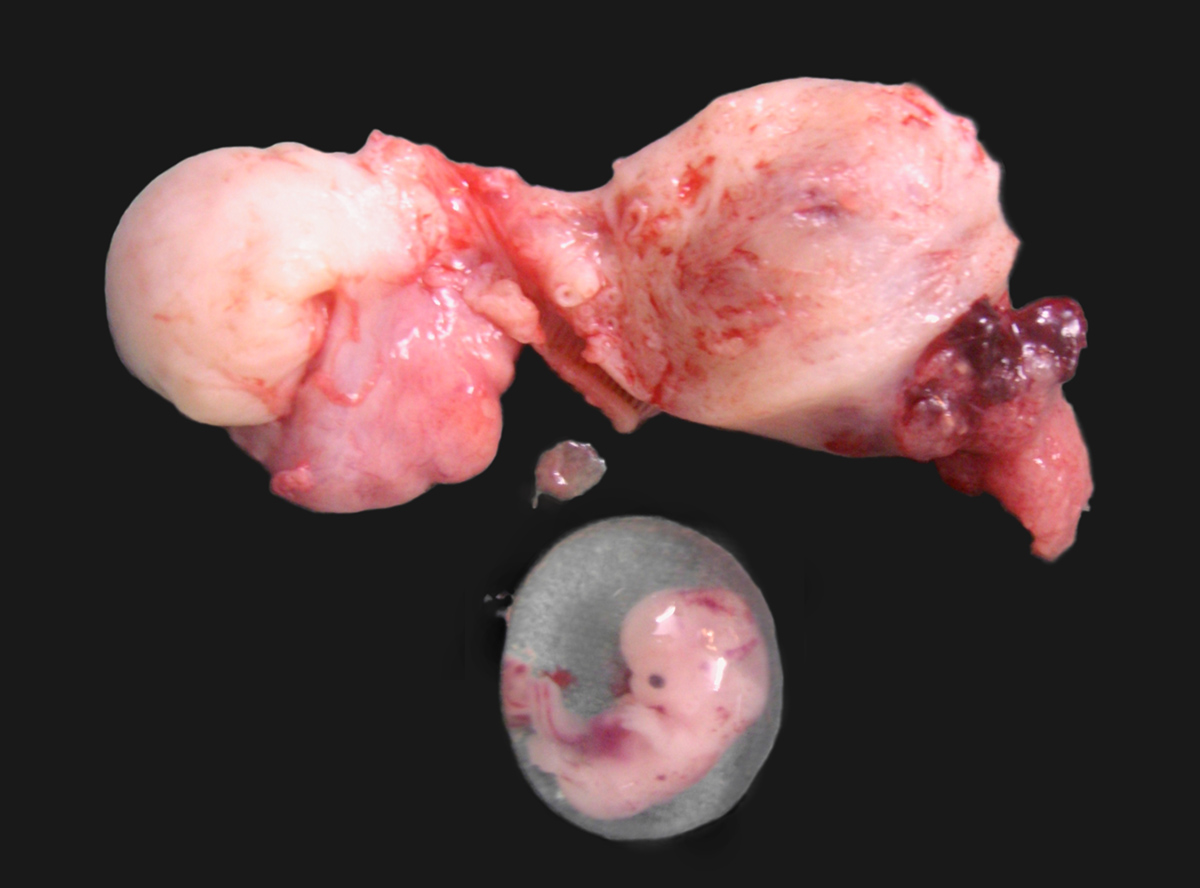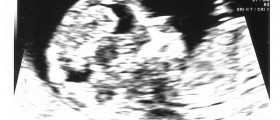
What is a blighted ovum?
A blighted ovum is a condition in which a fertilized egg attaches to the uterine wall, but an embryo does not develop, despite the presence of a placenta and embryonic sac. The condition is also known as anembryonic pregnancy — literally meaning pregnancy without an embryo — and because there is no developing baby, this kind of pregnancy by definition ends with a miscarriage.
In some countries, women who were diagnosed as having a blighted ovum will be advised to end their pregnancies immediately, whether with a D&C or by taking medication, since those pregnancies do not have a growing baby and are not viable. If this happens to you, you may be worried that the condition was misdiagnosed.
A misdiagnosis of a blighted ovum is possible, but it does not happen in many cases.
Misdiagnosed Blighted Ovum
Doctors believe that the best way to avoid a misdiagnosed blighted ovum is to wait with the ultrasound exam until the 11th or the 12th week of pregnancy. Still in case of certain complications such as infections or pain, an ultranound scan should be performed earlier.
HCG or human Chorionic gonadotropin is a hormone that is normally a very reliable indicator of pregnancy, since it is produced by the placenta. Its level is determined and can be easily monitored through blood tests. In case of blighted ovum, this hormone can be elevated in the beginning but it does decrease eventually. But there are precautions that have to be taken into consideration. The hCG level is not such a reliable predictor of miscarriage in case that the gestational sac has already been noticed. This does not count if the level of this hormone starts to decrease rapidly. Additionally, this hormone tends to increase until the eight week of pregnancy and then it maintains the same level and finally it starts dropping. This is why this hormone cannot be taken as a reliable indicator of a blighted ovum.
In many women the gestational sac may appear one or two weeks behind. This can be easily explained by the very position of the uterus. In the second trimester this disproportion vanishes. But in all the women whose sac is not normally sized in the beginning additional ultrasound should be performed in a week. The good sign is if the sac has grown from the last examination. The sac normally grows 1 mm per day.
In some women who have a blighted ovum, the size of the gestational sac is appropriate for the gestational length. But there is no embryo visible. In some women the sac was even 21.5 mm and there was no embryo in it. But a week later the embryo was perfectly visible. The bottom line is that the first examination that does not show the presence of an embryo doesn't have to be the permanent one and additional ultrasound may reveal that there is no problem at all.
Sometimes even a second opinion may be helpful for women who were diagnosed as having a blighted ovum. Another doctor may be more experienced in interpretation of the ultrasound results.
In conclusion, only the time will tell if the diagnosis was made correctly, or the condition has been misdiagnosed. The majority of blighted ovum cases can be seen by the 10th week of the pregnancy and this is why women tend to wait until that period of time to end their pregnancies. The woman is the one who makes the final decision on whether to stop the pregnancy in the 10th week or to wait a little longer. Because a blighted ovum is not a viable pregnancy, waiting for miscarriage to occur on its own can also be a choice to make.










-During-Pregnancy_f_280x120.jpg)






Your thoughts on this
Loading...